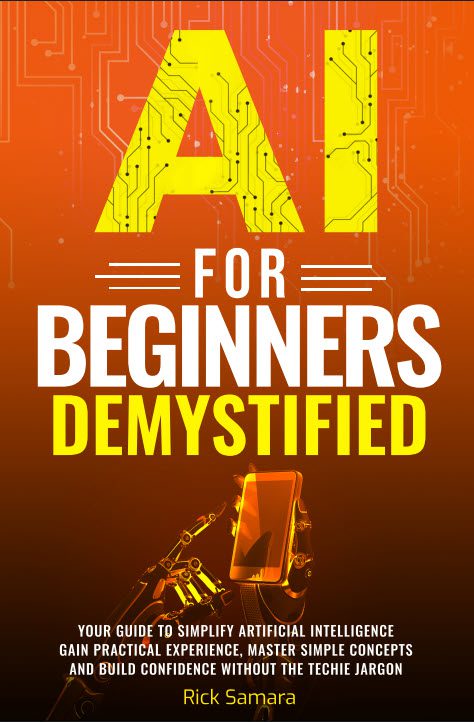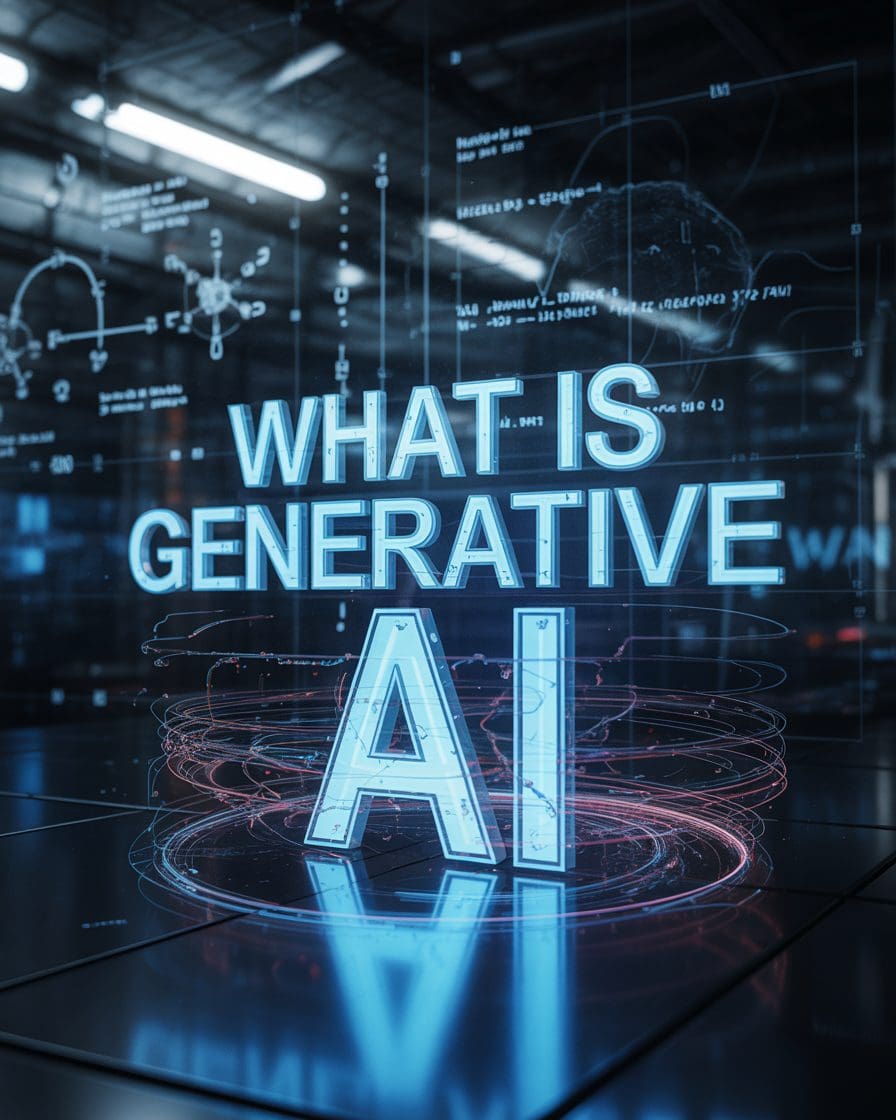 Generative AI represents a transformative leap in artificial intelligence, enabling machines to create content that mirrors human creativity. From generating realistic images to composing music and writing text, generative AI has reshaped industries and sparked both excitement and debate. This article explores what generative AI is, how it differs from machine learning, neural networks, and deep learning, and provides real-world examples to illustrate its impact.
Generative AI represents a transformative leap in artificial intelligence, enabling machines to create content that mirrors human creativity. From generating realistic images to composing music and writing text, generative AI has reshaped industries and sparked both excitement and debate. This article explores what generative AI is, how it differs from machine learning, neural networks, and deep learning, and provides real-world examples to illustrate its impact.
What is Generative AI?
Generative AI refers to a subset of artificial intelligence systems designed to create new content, such as text, images, audio, or even code, based on patterns learned from existing data. Unlike traditional AI systems that focus on classification or prediction, generative AI produces outputs that are novel yet plausible, often indistinguishable from human-created content.
How Generative AI Works
Generative AI models are typically trained on vast datasets, learning to identify patterns and relationships within the data. Once trained, these models can generate new outputs by sampling from the distribution they have learned to represent. Common techniques include:
- Generative Adversarial Networks (GANs) consist of two models: a generator that creates content and a discriminator that evaluates it. The two compete, improving the generator’s output over time.
- Variational Autoencoders (VAEs): VAEs encode data into a latent space and generate new content by sampling from this space, ensuring diverse outputs.
- Transformers: Widely used in natural language processing, transformers (e.g., GPT models) predict the next element in a sequence, enabling coherent text generation.
Examples of Generative AI
- Text Generation: Tools like ChatGPT and Grok generate human-like text for conversations, stories, or code. For instance, Grok, created by xAI, can answer complex queries and produce detailed responses.
- Image Generation: DALL·E and Stable Diffusion create photorealistic images from text prompts, such as “a futuristic city at sunset.”
- Music and Audio: Systems like Jukebox generate music tracks, while ElevenLabs produces lifelike voiceovers from text.
- Synthetic Data: Generative AI generates synthetic datasets for training other AI models, particularly in fields such as healthcare, where real data is sensitive.
How Generative AI Differs from Machine Learning, Neural Networks, and Deep Learning
Deep Learning
To understand generative AI’s unique role, it’s essential to distinguish it from related concepts: machine learning, neural networks, and deep learning. While these fields overlap, their goals, methods, and applications differ.
Machine Learning (ML)
Definition and Scope
Machine learning is a broad field of AI that focuses on building systems that learn from data to make predictions or decisions. ML includes supervised learning (e.g., predicting house prices), unsupervised learning (e.g., clustering customers), and reinforcement learning (e.g., optimizing game strategies).
Key Differences from Generative AI
 Purpose: ML typically focuses on predictive or analytical tasks, such as classifying emails as spam or not. Generative AI, however, aims to create new content, like writing an email.
Purpose: ML typically focuses on predictive or analytical tasks, such as classifying emails as spam or not. Generative AI, however, aims to create new content, like writing an email.- Output: ML models output predictions or classifications (e.g., a number or label), while generative AI produces creative outputs (e.g., text, images).
- Example: An ML model might predict stock prices based on historical data, while a generative AI model could write a financial news article based on market trends.
Neural Networks
Definition and Structure
Neural networks are computational models inspired by the human brain, consisting of interconnected nodes (neurons) organized in layers. They process input data through weighted connections to produce outputs, which are often utilized in tasks such as image recognition or speech processing.
Key Differences from Generative AI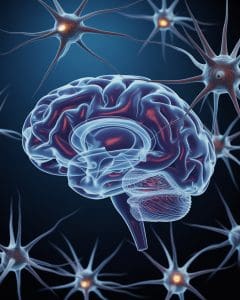
- Scope: Neural networks are a general architecture used in various AI applications, including those related to generative AI. Generative AI specifically employs neural networks (e.g., GANs or transformers) to create content.
- Functionality: A neural network might be used to classify images (e.g., identifying cats in photos), while generative AI uses neural networks to generate new images of cats.
- Example: A neural network could detect handwritten digits, while a generative AI model might create new handwritten-style digits.
Deep Learning
Definition and Complexity
Deep learning is a subset of ML that uses neural networks with many layers (deep neural networks) to model complex patterns in large datasets. It powers applications like autonomous driving and facial recognition.
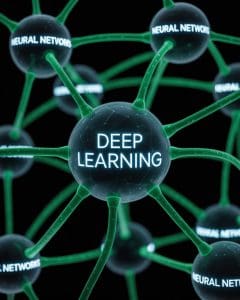 Key Differences from Generative AI
Key Differences from Generative AI
- Focus: Deep learning encompasses both discriminative tasks (e.g., recognizing faces) and generative tasks (e.g., creating faces). Generative AI is a specific application of deep learning focused on content creation.
- Training Complexity: Both rely on deep neural networks; however, generative AI often requires specialized architectures, such as GANs or transformers, which are computationally intensive.
- Example: A deep learning model might identify emotions in a video, while a generative AI model could generate a new video of a person speaking.
Applications and Impact of Generative AI
Generative AI’s ability to create realistic and novel content has led to widespread adoption across industries, transforming workflows and sparking innovation.
Creative Industries
- Art and Design: Tools like Midjourney enable artists to generate concept art, while Adobe’s generative AI features assist in photo editing.
- Writing and Content Creation: Platforms like Jasper and Copy.ai produce marketing copy, blog posts, and even novels, streamlining the content production process.
- Entertainment: Generative AI creates realistic CGI characters, composes film scores, or generates interactive game narratives.
Scientific and Technical Fields
- Healthcare: Generative AI generates synthetic medical images for training diagnostic models, addressing concerns about data privacy.
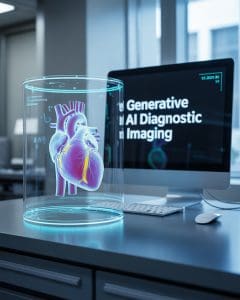
- Software Development: GitHub Copilot, powered by generative AI, suggests code snippets to boost developer productivity.
- Research: AI models generate hypotheses or simulate experimental outcomes, accelerating scientific discovery.
Ethical and Societal Considerations
While generative AI offers immense potential, it raises concerns about the spread of misinformation, copyright infringement, and job displacement. Deepfakes, for instance, can spread false information, while AI-generated art sparks debates about authorship. Responsible development and regulation are critical to addressing these challenges.
Future Directions of Generative AI
Generative AI is evolving rapidly, with advancements in model efficiency, multimodal capabilities (e.g., combining text and image generation), and the development of ethical frameworks. Future applications may include personalized education, advanced virtual assistants, and even AI-driven scientific breakthroughs. As models become more accessible, their integration into daily life will deepen, necessitating robust governance to strike a balance between innovation and responsibility.
Sources and Citations
- Goodfellow, I., Pouget-Abadie, J., Mirza, M., Xu, B., Warde-Farley, D., Ozair, S., … & Bengio, Y. (2014). Generative adversarial nets. Advances in Neural Information Processing Systems, 27, 2672–2680.
- Kingma, D. P., & Welling, M. (2013). Auto-encoding variational Bayes. arXiv preprint arXiv:1312.6114.
- Vaswani, A., Shazeer, N., Parmar, N., Uszoreit, J., Jones, L., Gomez, A. N., … & Polosukhin, I. (2017). Attention is all you need. Advances in Neural Information Processing Systems, 30, 5998–6008.
- Brown, T. B., Mann, B., Ryder, N., Subbiah, M., Kaplan, J., Dhariwal, P., … & Amodei, D. (2020). Language models are few-shot learners. Advances in Neural Information Processing Systems, 33, 1877–1901.
- Google. (2025, May 20). Top ways to ensure your content performs well in Google’s AI experiences on Search. Google Search Central Blog. https://developers.google.com/search/blog/2025/05/ai-experiencesdevelopers.google.com
- Search Engine Land. (2025, April 9). Google quality raters now assess whether content is AI-generated. https://searchengineland.com/google-quality-raters-now-assess-ai-generated-content-439208searchengineland.com
Search Engine Journal. (2024, December 25). Best AI search engines to try right now. https://www.searchenginejournal.com/best-ai-search-engines-to-try-right-now/509783/searchenginejournal.com
Columbia Journalism Review. (2025, March 5). AI search has a citation problem. https://www.cjr.org/tow_center/ai-search-citation-problem.phpcjr.org
Search Engine Land. (2024, November 27). Decoding LLMs: How to be visible in generative AI search results. https://searchengineland.com/decoding-llms-how-to-be-visible-in-generative-ai-search-results-450075searchengineland.com
Search Engine Land. (2025, April 30). AI search optimization strategies: How to rank in AI-recommended results. https://www.convert.com/blog/seo/ai-search-optimization-strategies/convert.com
Reddit. (2025, February 13). Generative engine optimization. https://www.reddit.com/r/TechSEO/comments/1ar5k3x/generative_engine_optimization/reddit.com
